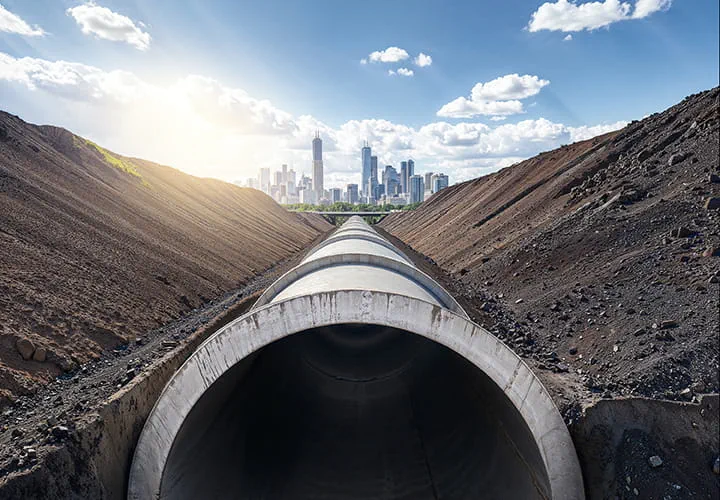Architecture & Energy saving

Trelleborg sealing profiles are keeping the glass facades of buildings airtight worldwide and helping society meet increasingly stringent regulations for saving energy, not least in Germany.
Introduced in 2002 to lower buildings’ energy requirements, Germany’s Energy Saving Ordinance (EnEV) is one of the most stringent codes in the world. Its requirements have become more demanding over the years and the latest regulations, which came into force in 2016 for new construction, are tighter than ever.
Germany’s building sector accounts for around 40% of the country’s energy consumption, so the air-tightness of buildings is a key issue in efforts to save energy. This is particularly the case for buildings with glass facades. To avoid heat losses, the insulation values of the glazing, frame and seals are critical. Facade systems are becoming more complex, placing even greater demands on the sealing solution.
Trelleborg, a specialist in innovative sealing technology, offers standard and customized solutions for glass facade systems. Our seals meet requirements for building design and weather-proofing, ensure a super-tight seal in facade systems, protect the building from moisture and dust penetration, and provide optimum sound insulation.
Two prestigious high-rise buildings in Germany illustrate Trelleborg’s expertise in sealing profiles for facades systems.
The Adidas headquarters in Herzogenaurach is a 31-metre-high office building with a facade composed of rows of horizontal windows. We developed EPDM-based sealing profiles for the commissioned facade manufacturer that enabled optimum facade movement tolerances.
With a double facade made up of wooden insert elements and triple glazing, the 13-storey office building of the Spiegel Group in Hamburg posed special challenges. Our two-component seals were designed to accommodate the thermal and weather-related movements of the facade and maintain airtightness while withstanding the harsh North Sea coast climate.


